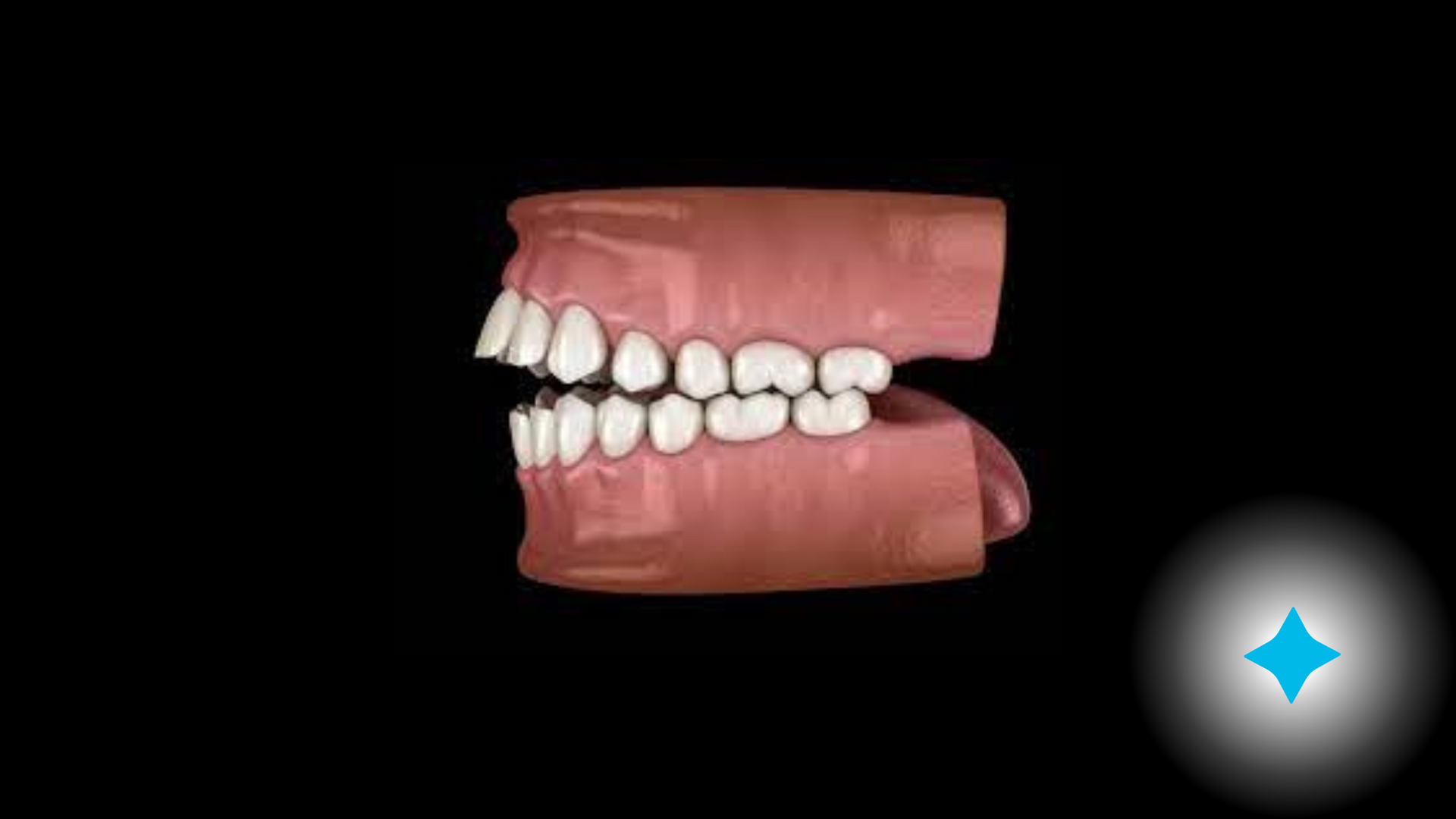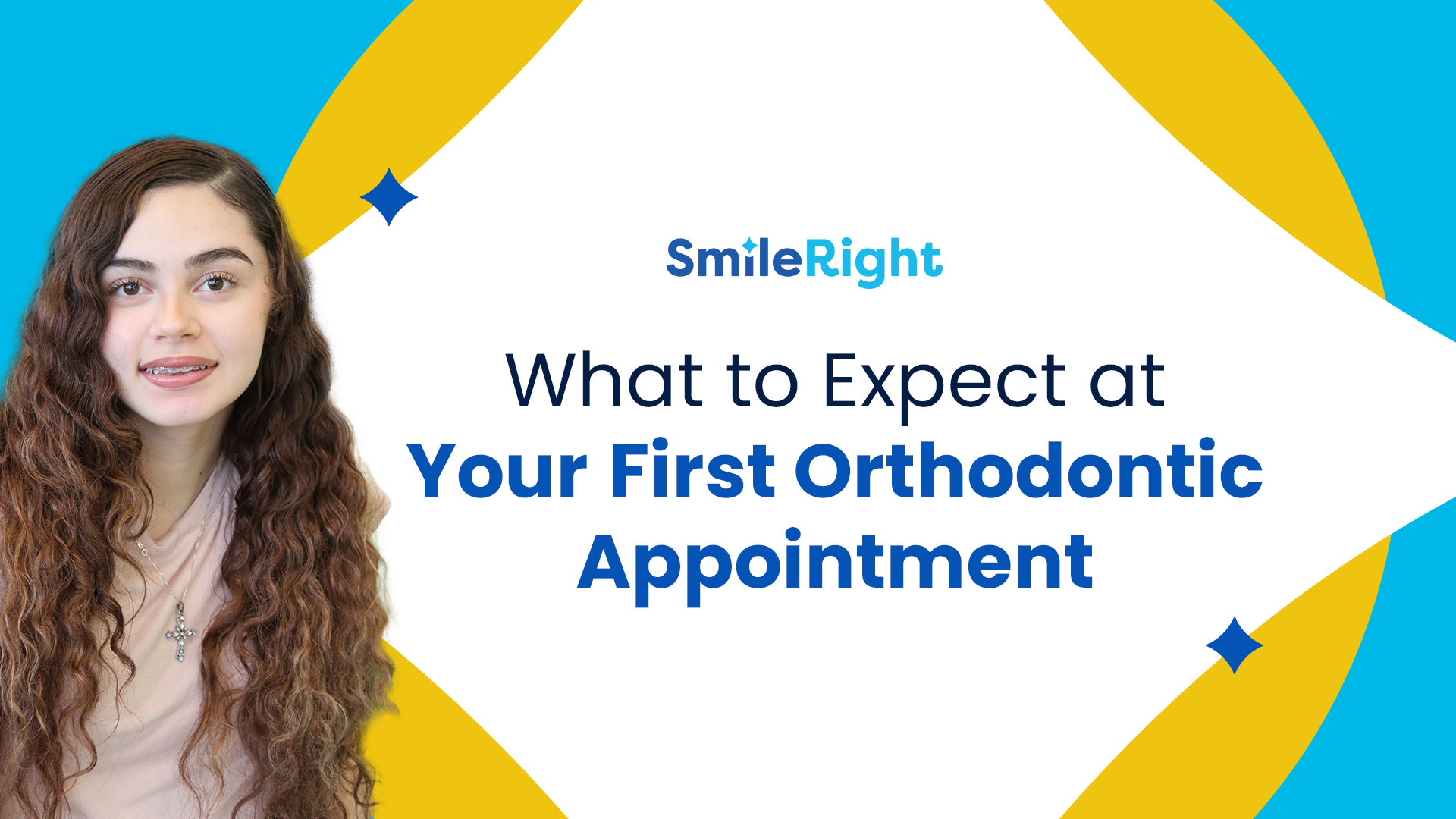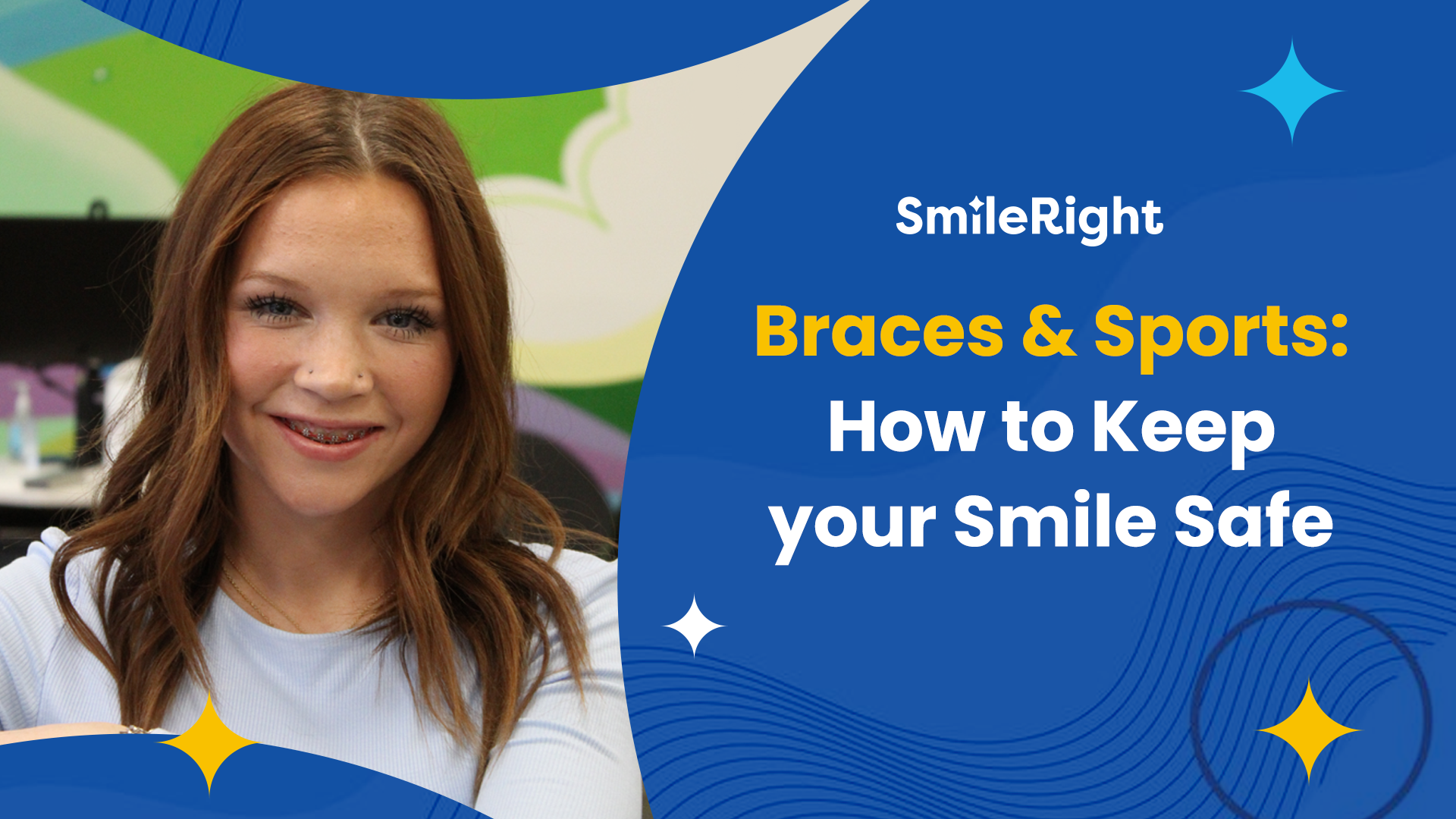Understanding and Treating Open Bite with Metal Braces

Source: Dr. Marketing
An open bite is a common orthodontic condition that occurs when there is insufficient vertical overlap between the upper and lower front teeth, leaving a visible gap when the mouth is closed. This dental misalignment can affect both the anterior (front) and posterior (back) teeth, leading to various functional and aesthetic concerns. At SmileRight in Houston, Texas, we routinely see patients with Open Bite and help them achieve their dream smile with metal braces. In this comprehensive guide, we will delve into the nature of open bite, explore its causes, discuss the role of metal braces in treatment, outline post-treatment care, and address the potential need for orthodontic surgery and retainers.
What is an Open Bite?

An open bite is characterized by the absence of proper contact between the upper and lower front teeth when the jaws are closed. This can manifest in different forms, including anterior open bite, where the front teeth do not meet, and posterior open bite, where there is a gap between the back teeth. The condition can be caused by a combination of genetic factors, thumb-sucking habits, tongue thrusting, or prolonged use of pacifiers during childhood.
Who Can Have an Open Bite?

Open bites can develop in individuals of all ages, but they are often identified during childhood or adolescence. Children who suck their thumbs or thrust their tongues forward may be more prone to developing an open bite. Additionally, genetic factors play a significant role, and individuals with a family history of orthodontic issues may be at a higher risk.
How to Treat Open Bite with Metal Braces

Metal braces are a highly effective orthodontic treatment option for correcting open bite. They consist of metal brackets that are bonded to the teeth and connected by archwires. The braces exert controlled pressure on the teeth, gradually moving them into the desired position. For open bite correction, the orthodontist may use various techniques, including adjusting the angle of the brackets and employing elastics to help close the bite.
The treatment process typically begins with a comprehensive examination, including X-rays and impressions, to create a personalized treatment plan. The orthodontist will then attach the metal braces, and periodic adjustments will be made to ensure a steady progression toward bite correction.
Can I Have Metal or Ceramic Braces to Treat Open Bite?
Yes, both metal and ceramic braces can be used to treat an open bite. The choice between metal and ceramic braces often depends on personal preferences, aesthetic considerations, and the specific needs of the individual.
- Metal Braces:
- Advantages: Durable and robust.
- Generally more cost-effective.
- Highly effective for complex orthodontic issues, including open bite.
- Considerations:Visible metal brackets and wires may be less aesthetically appealing.
- Ceramic Braces:
- Advantages: Less noticeable due to tooth-colored or clear brackets and wires.
- Provide effective treatment for various orthodontic issues, including open bite.
- Blend with the natural color of the teeth for a more discreet appearance.
- Considerations:Slightly more prone to staining than metal braces.
- May be more expensive than metal braces.
For open bite correction, both types of braces work by applying continuous pressure to move the teeth into the desired position. Your orthodontist will consider factors such as your lifestyle, preferences, and the severity of your open bite when recommending the most suitable type of braces for your case.
It's important to note that the effectiveness of treatment is not significantly compromised by the choice between metal and ceramic braces. The decision ultimately rests on your personal priorities regarding appearance, comfort, and budget.
During your consultation with an orthodontist, they will thoroughly assess your orthodontic needs and discuss the advantages and considerations associated with both metal and ceramic braces. This will help you make an informed decision that aligns with your treatment goals and preferences.
Aftercare with Metal Braces

After the initial treatment phase, proper aftercare is crucial to ensure the stability of the correction achieved with metal braces. This involves maintaining good oral hygiene practices, including regular brushing, flossing, and dental check-ups. Patients may also need to avoid certain foods that could damage the braces and follow any specific instructions provided by the orthodontist.
Orthodontic Surgery for Open Bite
In some severe cases of open bite, orthodontic surgery may be recommended in conjunction with braces. Surgical intervention becomes necessary when the jaw bones need to be repositioned to achieve proper alignment. This is typically performed by an oral and maxillofacial surgeon working in collaboration with our orthodontist. While surgery is not always required for open bite correction, it may be the most effective solution in specific situations.
Do You Need a Retainer After Braces for Open Bite?

Yes, wearing a retainer after braces is a crucial part of the post-treatment phase for open bite correction. A retainer helps maintain the achieved alignment and prevents the teeth from reverting to their previous positions. The orthodontist will provide specific instructions on how long the retainer should be worn each day. Initially, patients may need to wear the retainer full-time and gradually transition to nighttime use as the stability of the correction is confirmed.

Open bite is a treatable orthodontic condition that can significantly impact both oral function and aesthetics. Metal braces, with their durability and effectiveness, offer a reliable solution for correcting open bite. Understanding the causes, treatment process, and aftercare is essential for individuals undergoing this orthodontic journey. Whether surgery is needed depends on the severity of the case, but diligent adherence to the orthodontist's recommendations and proper retainer use contribute to a successful and lasting outcome. If you or your child is dealing with an open bite, consulting with our orthodontists at SmileRight in Houston, Texas will provide personalized insights and a roadmap to a beautifully aligned smile. Contact us today by calling (281) 699-0234 to book your consultation!




